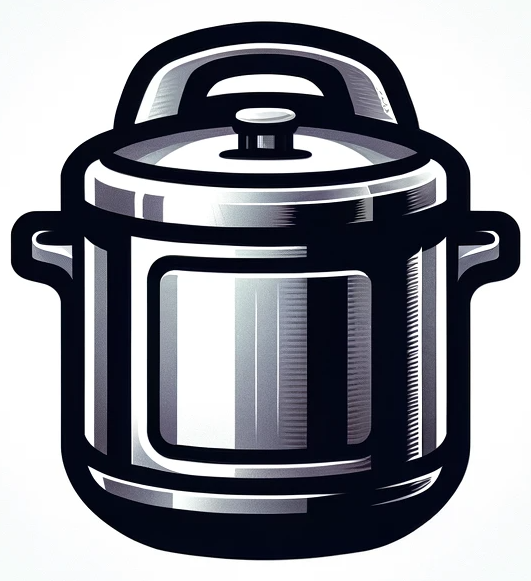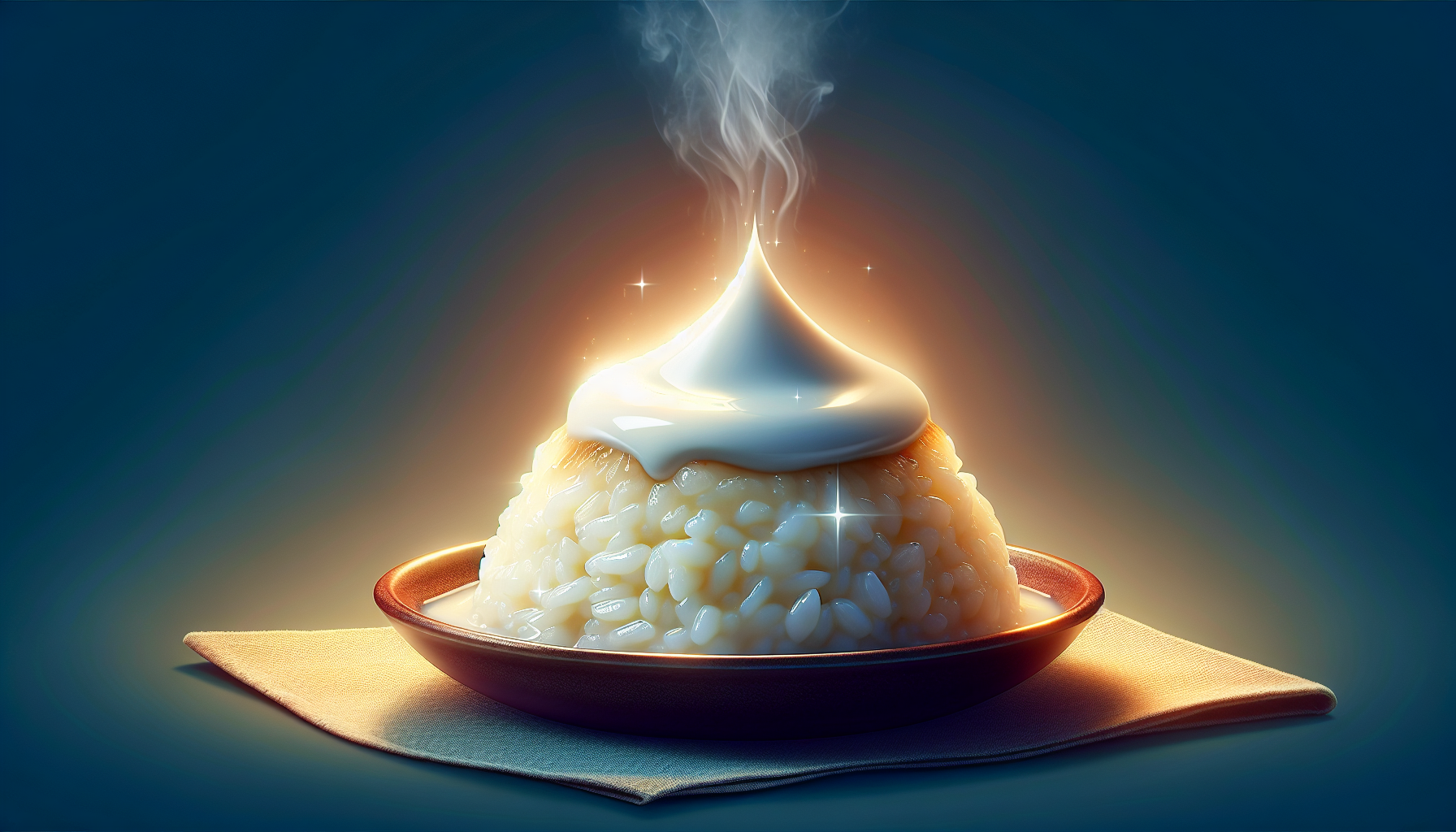Imagine the delicious aroma of creamy rice pudding wafting through your home as you eagerly anticipate dessert. But wait – you’ve run out of milk! Before you abandon your culinary dreams, consider this: can you use milk instead of water in a pressure cooker? In this article, we will explore the possibilities and potential pitfalls of substituting milk for water in your pressure cooker recipes. Get ready to elevate your cooking game to a whole new level of creamy delight.
CHECK OUT PRESSURE COOKERS ON AMAZON
Using Milk in a Pressure Cooker
Understanding the Basics
Using milk in a pressure cooker can be a game-changer in your cooking adventures. While traditionally used for soups, stews, and other savory dishes, pressure cookers can also be utilized to create delicious desserts and creamy concoctions. Whether you want to whip up a batch of rice pudding or experiment with steamed cakes, using milk in a pressure cooker opens up a whole new world of culinary possibilities.
Advantages and Disadvantages
Using milk in a pressure cooker offers several advantages. Firstly, it can significantly shorten the cooking time compared to traditional stovetop methods. The high pressure inside a pressure cooker allows the milk to heat up quickly, resulting in faster preparation of dishes. Additionally, pressure cooking helps to retain the nutrients and flavors of the ingredients, making your dishes not only delicious but also nutritious.
However, there are also some disadvantages to consider. One major concern is the risk of milk splattering or thickening too much in a pressure cooker. This can potentially cause a mess and make it difficult to achieve the desired consistency. Another important factor to keep in mind is the boiling point of milk and the proper release of pressure. Failure to release pressure correctly can lead to overcooking or curdling of milk, altering the texture and taste of your dish.
CHECK OUT PRESSURE COOKERS ON AMAZON
Safety Concerns
Boiling Point and Pressure Release
Understanding the boiling point of milk is crucial when using it in a pressure cooker. Milk has a lower boiling point than water, so it can reach its boiling point faster. It is essential to monitor the cooking time carefully and ensure that the pressure is released promptly after cooking to avoid overcooking or curdling of the milk. Proper pressure release is crucial to maintaining the integrity of the recipe and preventing any undesirable consequences.
Thickening and Splattering Risks
When using milk in a pressure cooker, there is a risk of the milk thickening excessively or splattering. To prevent this from happening, it is important to choose the right cooking method and adjust the temperature accordingly. Using a water bath or a double boiler can help regulate the heat and prevent the milk from boiling too vigorously. These methods provide a gentle, indirect heat source, allowing for a more controlled cooking process.
Recipes with Milk in a Pressure Cooker
Rice Pudding
Rice pudding is a classic dessert that can easily be prepared in a pressure cooker. The pressure cooker helps to cook the rice and infuse it with the flavors of milk and other ingredients. By using the pressure cooker, you can achieve a creamy and perfectly cooked rice pudding in just a fraction of the time compared to traditional methods. Simply mix rice, milk, sugar, and any desired flavorings in the pressure cooker, and let the magic happen.
Steamed Cakes
Using a pressure cooker to make steamed cakes is a fantastic way to create moist and fluffy desserts. The steam generated inside the pressure cooker helps the cakes rise evenly and quickly. The result is a light, airy cake with a tender crumb. You can experiment with various flavors and toppings to create a personalized steamed cake that will impress your guests.
Creamy Soups
Pressure cookers excel at creating creamy and velvety soups. By combining milk with your favorite vegetables, proteins, and seasonings, you can create a flavorful and comforting soup in no time. The high pressure in the cooker allows the flavors to meld beautifully, resulting in a rich and satisfying soup. From creamy tomato bisque to hearty potato and leek soup, the possibilities are endless when it comes to making creamy soups in a pressure cooker.
Guidelines for Using Milk in a Pressure Cooker
Measuring the Amount
Measuring the right amount of milk is crucial when using it in a pressure cooker. It is important to follow the recipe instructions precisely to achieve the desired consistency and flavor. Adding too much milk can lead to a runny dish, while adding too little can result in a dry or overcooked final product. It is always better to err on the side of caution and measure accurately to ensure the best possible outcome.
Adjusting Cooking Time
When cooking with milk in a pressure cooker, it is important to adjust the cooking time accordingly. As milk heats up faster than water, the cooking time may need to be shortened compared to traditional stovetop methods. It is recommended to follow the recipe instructions and monitor the cooking process closely to avoid overcooking or undercooking the dish. The pressure cooker’s manual can also provide guidelines for cooking times with milk-based recipes.
Selective Recipes
Not all recipes are suitable for using milk in a pressure cooker. It is important to select recipes that are specifically designed for pressure cooking with milk. These recipes take into account the unique characteristics of milk and the pressure cooker, ensuring a successful outcome. Look for trusted sources of recipes that provide clear instructions and have been tested by others to ensure that your culinary creations turn out just right.
Alternatives to Milk in Pressure Cooking
Vegetable Broth
For those who are lactose intolerant or prefer not to use milk, vegetable broth can be an excellent alternative in pressure cooking. Vegetable broth adds depth and flavor to recipes without the need for dairy products. It can be used in soups, stews, and even desserts to create delicious and satisfying dishes.
Stocks
Stocks, such as chicken or beef, can also be used as an alternative to milk in pressure cooking. They provide a rich and savory base for dishes, ensuring flavorful results. Just like vegetable broth, stocks can be used in various recipes to add depth and complexity to your culinary creations.
Juices
Juices, such as apple or orange juice, can be used in certain recipes in place of milk. They can add a fruity and tangy flavor to dishes, creating a unique twist on traditional recipes. Juices are particularly suitable for desserts and can be combined with other ingredients to create refreshing and indulgent treats.
Tips for Successful Pressure Cooking with Milk
Choosing the Right Pressure Cooker
When using milk in a pressure cooker, it is important to choose the right pressure cooker for the job. Opt for a high-quality cooker with a reliable pressure release mechanism. Ensure that the pressure cooker has a durable construction and a tight seal to prevent any leaks or accidents during the cooking process. Investing in a reputable brand will provide peace of mind and help ensure successful results.
Using a Water Bath
Using a water bath can help regulate the heat and prevent milk from boiling too vigorously in a pressure cooker. This method involves placing a heatproof dish filled with the milk mixture inside the pressure cooker and adding water around it. The water creates a gentle and indirect heat source, allowing for a more controlled cooking process. This technique is particularly useful when making custards, puddings, and delicate desserts.
Using a Double Boiler
Similar to a water bath, using a double boiler can protect milk from excessive heat in a pressure cooker. A double boiler consists of a heatproof bowl or pot placed over a larger pot of simmering water. The steam from the simmering water gently heats the milk, preventing it from scorching or thickening too quickly. This method is ideal for recipes that require constant stirring or a gentle cooking process, such as making custards or cheese sauces.
FAQs about Using Milk in a Pressure Cooker
Will the Milk Curdle?
There is a risk of milk curdling when using it in a pressure cooker, especially if not enough precautions are taken. Curdling can occur if the milk is heated too quickly or if the pressure is not released promptly after cooking. To minimize the chances of curdling, it is important to use a gentle cooking method, such as a water bath or a double boiler. These methods help regulate the heat and prevent rapid temperature changes, reducing the likelihood of curdling.
Can I Use Dairy-Free Milks?
Yes, you can use dairy-free milks, such as almond milk, soy milk, or oat milk, in a pressure cooker. Dairy-free milks can be a suitable alternative for those who are lactose intolerant or prefer to avoid dairy products. It is important to note that different dairy-free milks may have different cooking properties, so it is advisable to follow recipe instructions specifically tailored for the dairy-free milk you are using.
Can I Use Condensed Milk?
Condensed milk can be used in pressure cooking, but it may require some adjustments in the cooking process. Condensed milk is thick and sweet, so it is essential to dilute it with water or another liquid to prevent it from becoming too thick or overly sweet. When using condensed milk in a pressure cooker, be aware of the added sugar content and adjust the recipe accordingly. Additionally, it is important to choose a trusted recipe specifically designed for cooking with condensed milk in a pressure cooker.
Conclusion
Using milk in a pressure cooker can revolutionize your culinary endeavors, from creamy soups to delectable desserts. While there are certain considerations and safety concerns to keep in mind, such as curdling and thickening risks, following the guidelines and tips outlined in this article will help you achieve successful results. Whether you choose to make rice pudding, steamed cakes, or creamy soups, using milk in a pressure cooker opens up a world of possibilities in the kitchen. Don’t be afraid to experiment with alternative ingredients and cooking methods to create unique and delicious dishes that will impress your friends and family. Happy pressure cooking!

